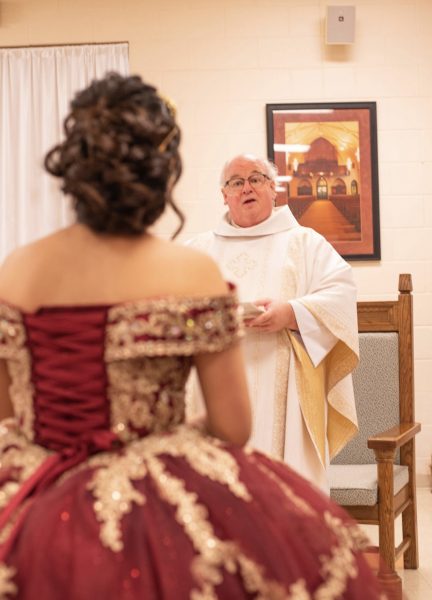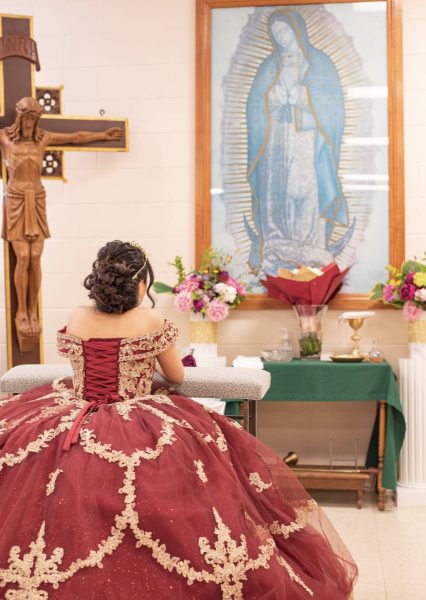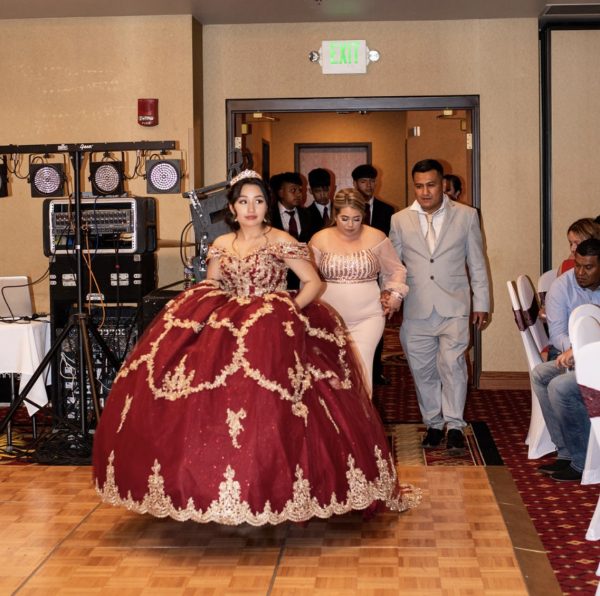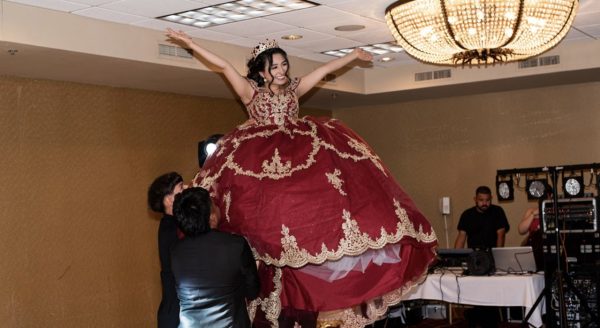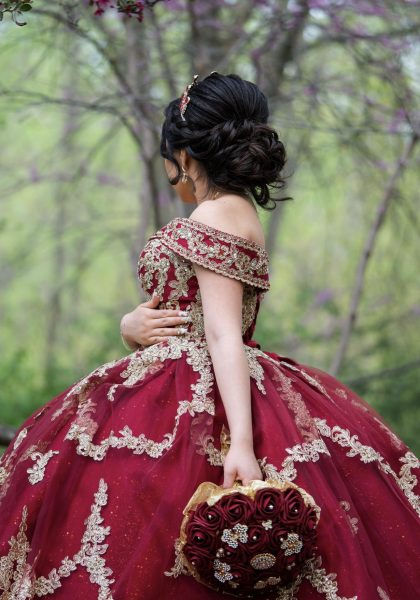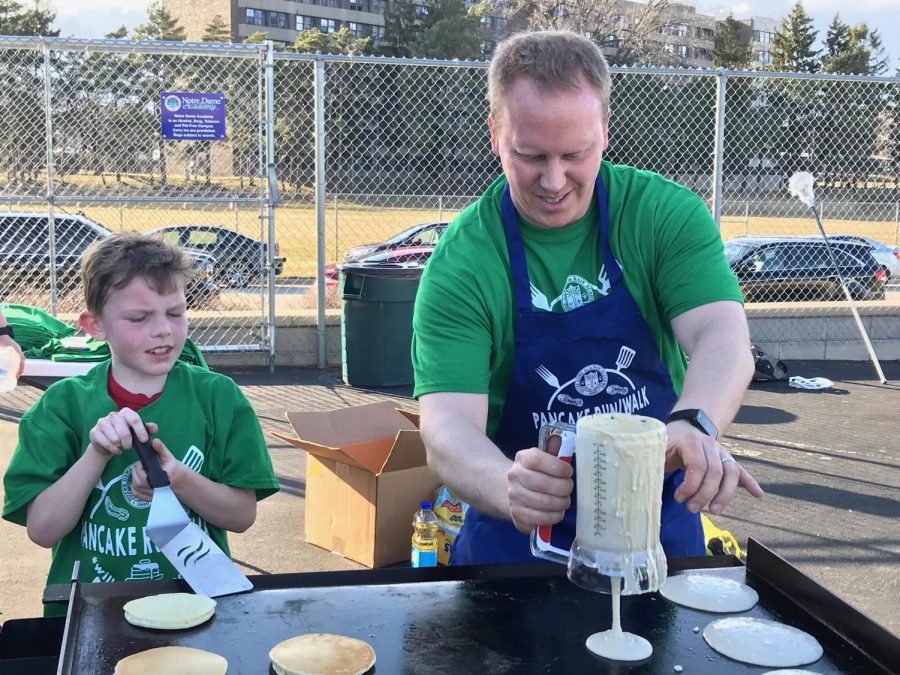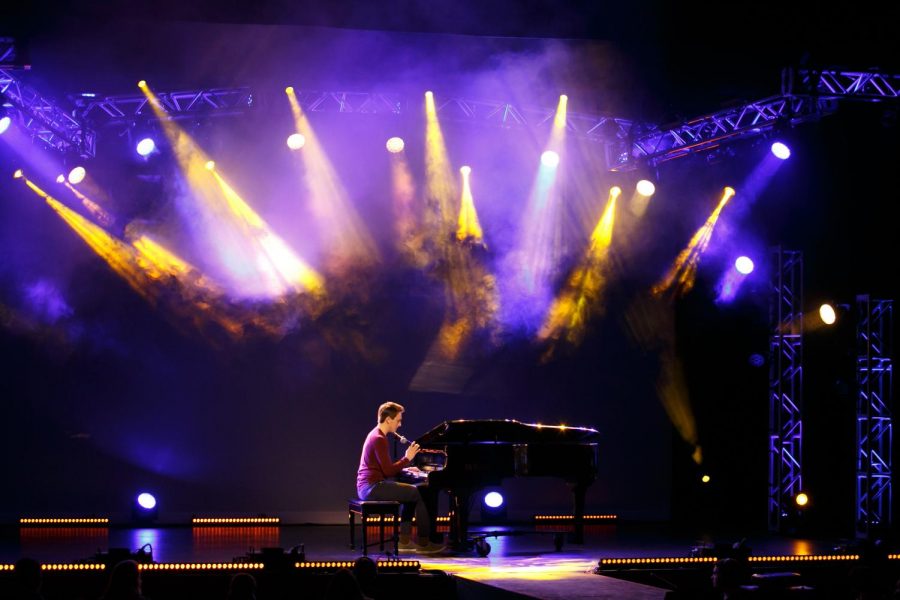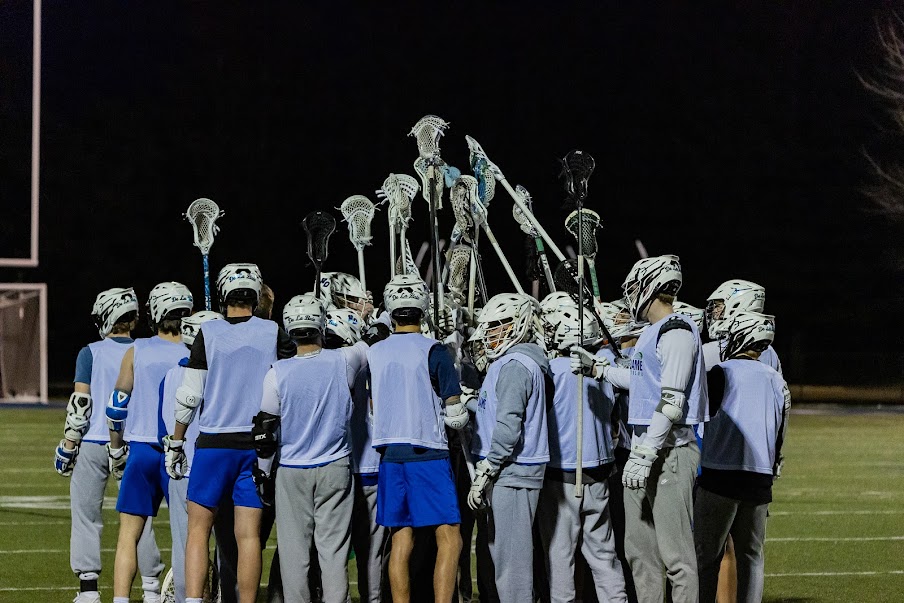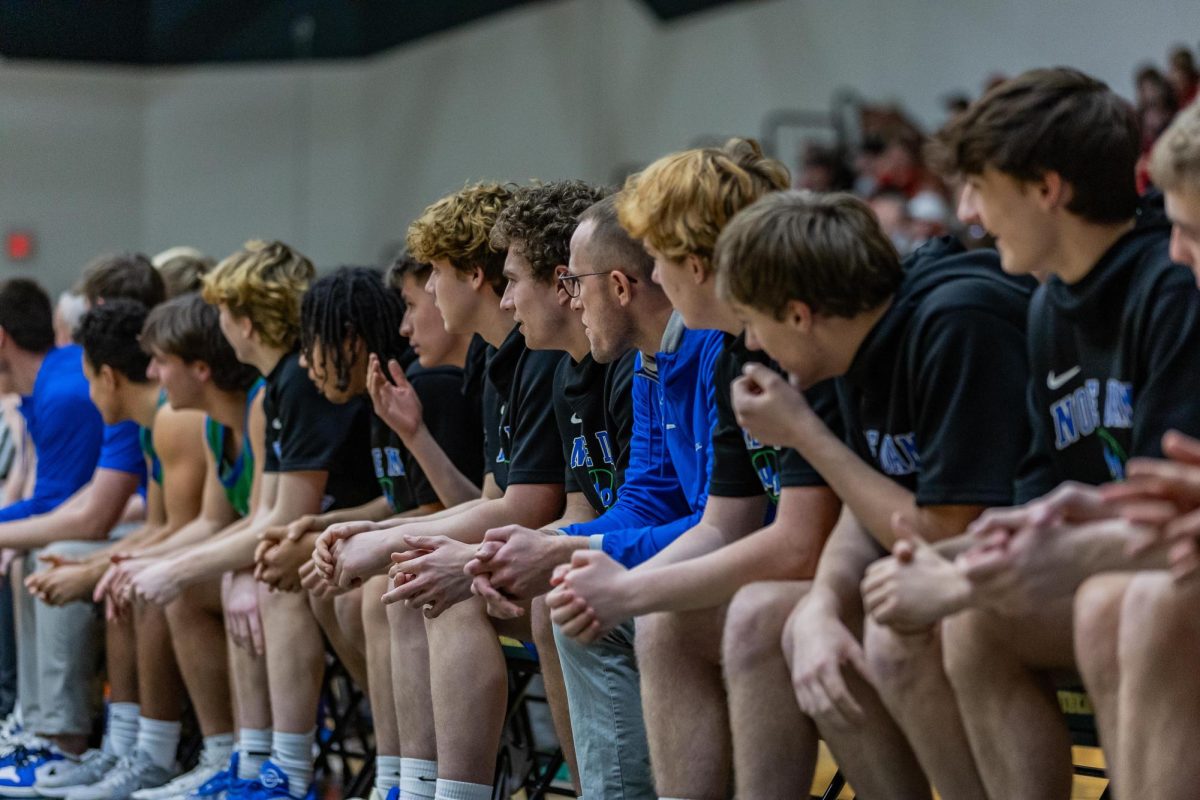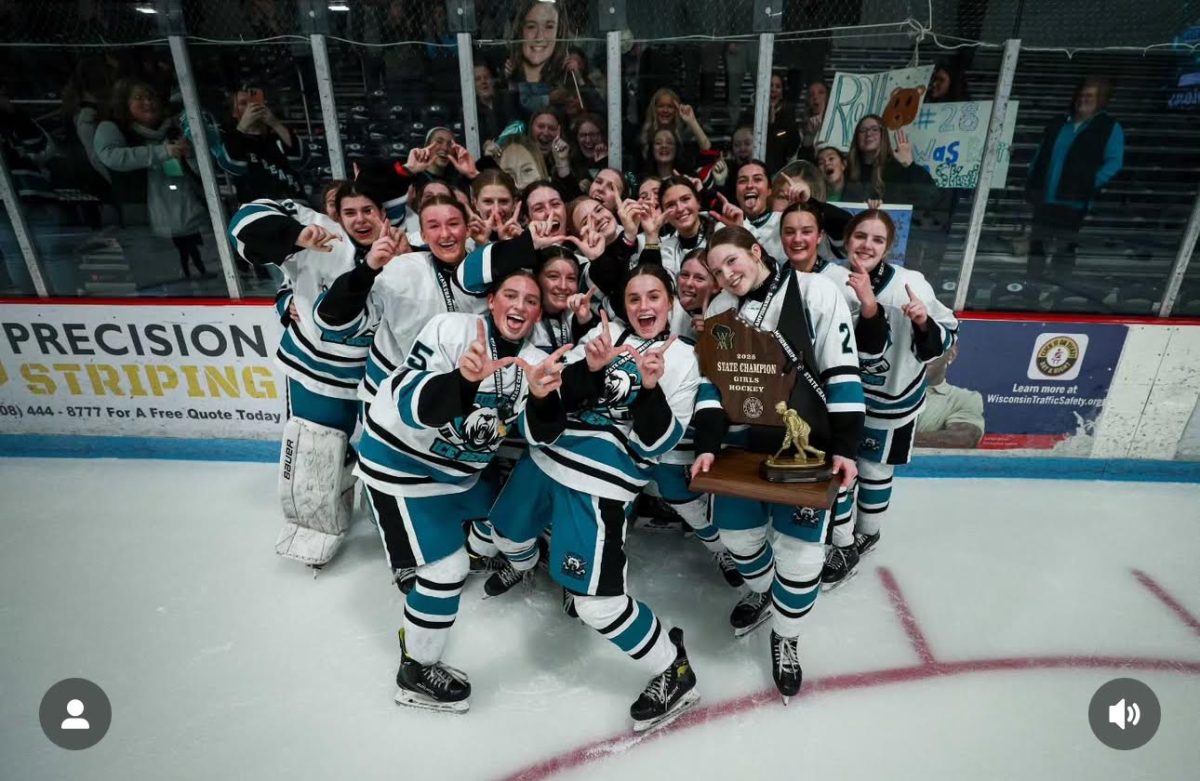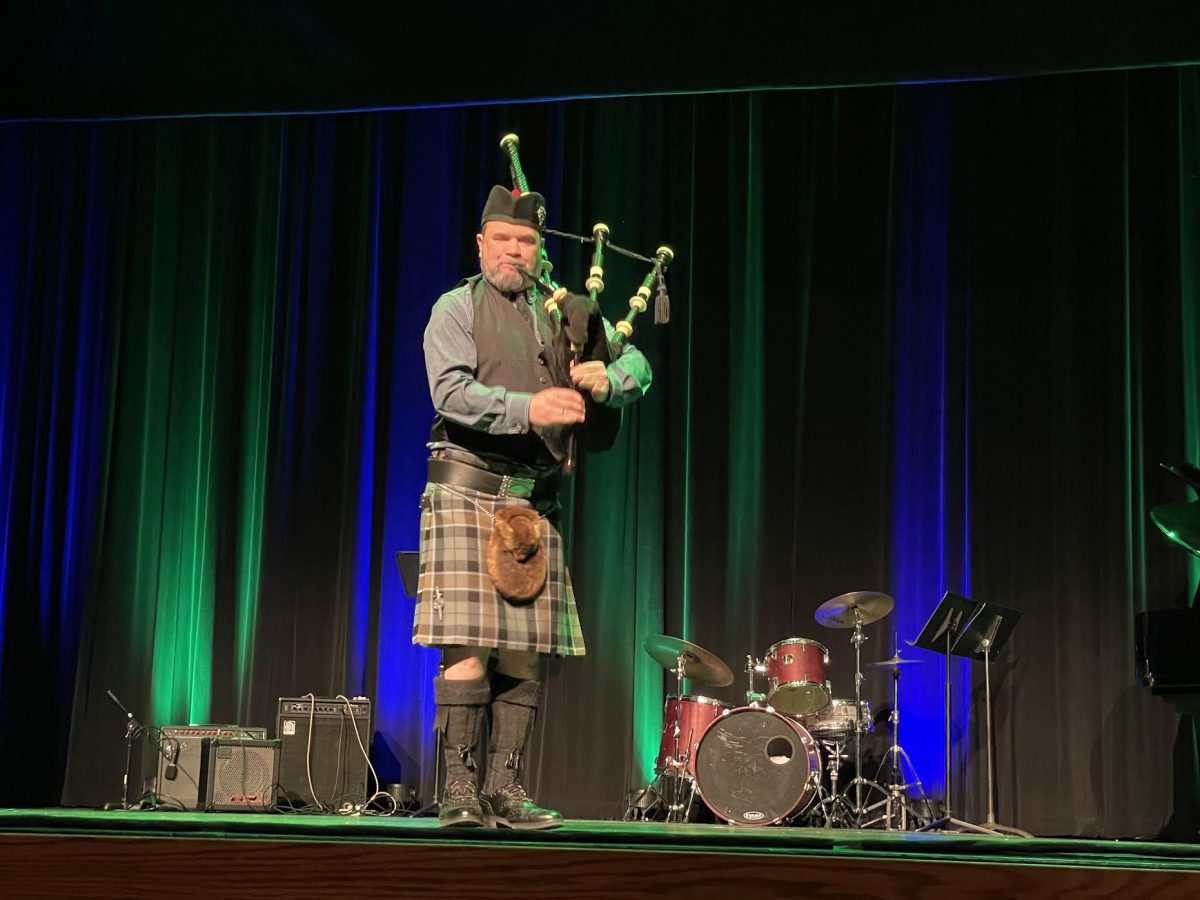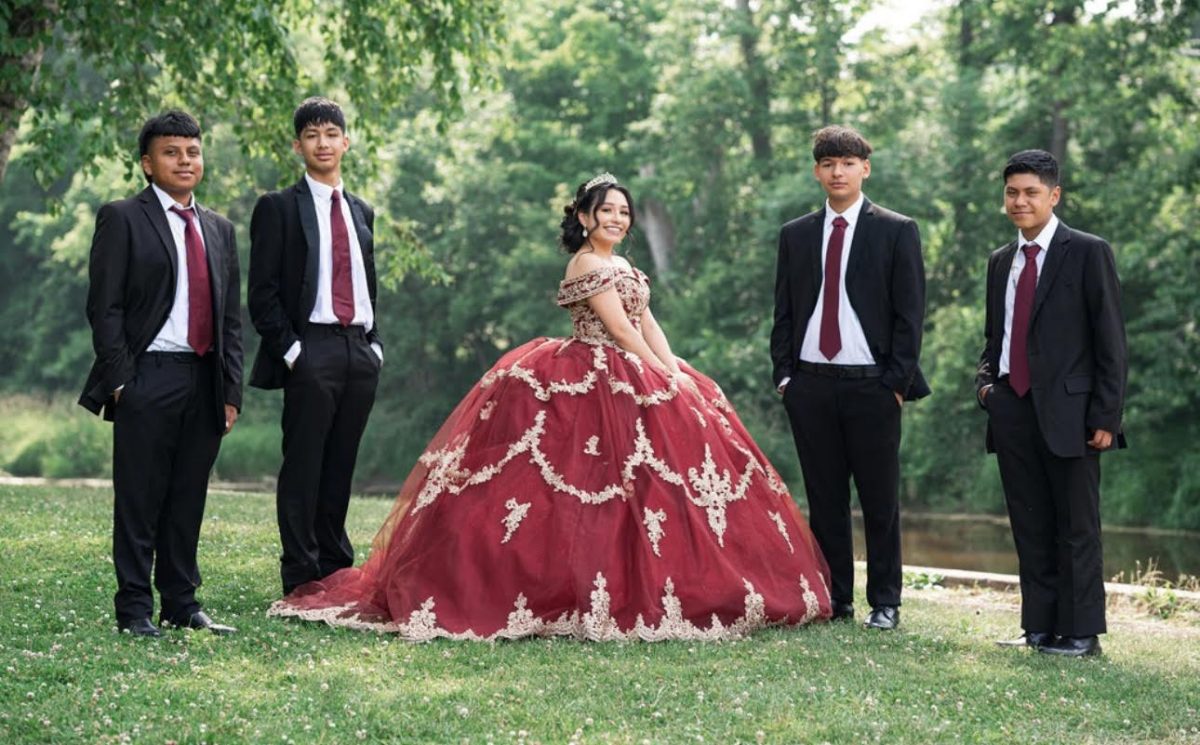A Quinceañera is a cherished tradition in Hispanic culture, celebrated when a girl turns 15, symbolizing her transition from childhood to adulthood.
Rooted in the customs of the indigenous people of Mexico, this coming-of-age ceremony was later influenced by Spanish colonization, which added a religious aspect to the event.
Before colonization, the quinceañera marked a young girl’s introduction as a knowledgeable member of society. The girls would wear gold jewelry such as earrings, bracelets and necklaces to represent their new status.
After the arrival of the Spanish, the jewelry took on religious meaning. The earrings came to represent hearing the words of God, the bracelet served as a reminder to glorify God and the crown signified that the girl is a princess in the eyes of God. The Catholic Mass ceremony also came from the Spanish influence.
During my Quinceañera, I wore a red ball gown, earrings, gold bracelets, a necklace and several rings, all of which were blessed by a priest during the Quinceañera Mass. I chose the readings, brought flowers to the Virgin Mary and renewed my baptismal promises during the Mass.
After the Mass, the celebrations began. The first part of the party was the grand entrance, where the Quinceañera is accompanied by her court. Traditionally, a court is made up of 14 boys, chambelanes, and 14 girls, damas, with the 15 couples symbolizing the girl’s life. However, my court had 4 chambelanes and no damas.
One of the most important moments of the celebration was my coronation ceremony. I had worn a smaller crown during the Mass, but during this part of the event, my parents placed a larger crown on my head, symbolizing my transition into adulthood.
Following this, we had “El cambio de las zapatillas” or the changing of the shoes. My dad removed my sneakers and replaced them with high heels, representing my first step into womanhood.
Next, the traditional presentation of the “last doll” took place. Typically, a younger girl in the family gives the Quinceañera a doll that resembles her and is dressed like her. My little sister handed me my last doll, and it was a very emotional moment for both of us.
When all of this was finished, the father-daughter dance began. This was the most emotional part of the evening for me and my family. My dad told me how much he loved me, and everyone, including myself, got teary-eyed.
After the father-daughter dance concluded, it was time for the waltz with my chambelanes. Some girls have their chambelanes lift them at the end of the song, which can be challenging since the dress is often heavy.
Once the traditional dances were over, my parents and I made a toast to thank everyone for joining us. My paternal grandpa also gave a speech about how much I’ve grown and how proud he is of the person I’ve become.
The party didn’t end there. There was a surprise dance where the Quinceañera gets to choose any genre of music she likes and performs a choreography with her court. Mine included bachata, huapango, cumbia and zapateado.
The evening then transitioned into a night of dancing with all the guests and family.
Planning a Quinceañera can be intense and often takes one to two years to prepare. However, mine was planned in just six months. While its size can vary, it is still a lot of work. I will forever be grateful to my parents for keeping our traditions alive and giving me the opportunity to celebrate in a way that felt true to who I am.
